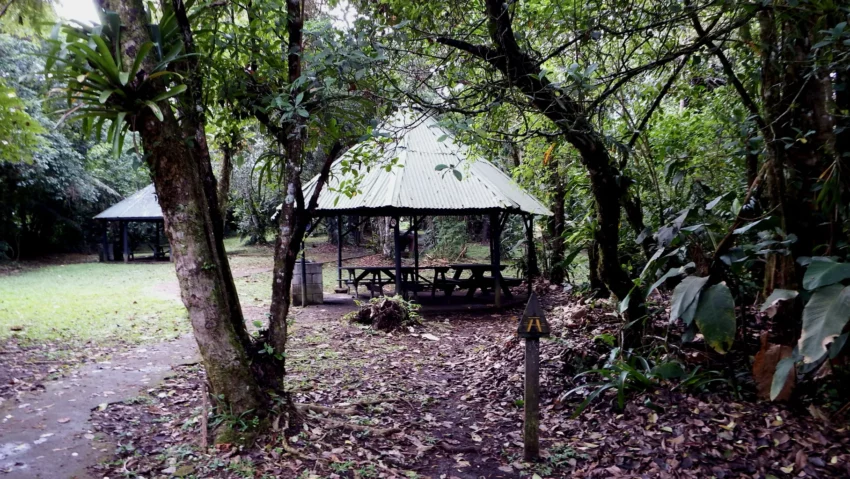Guayabo National Monument: A Journey into Costa Rica’s Ancient Heart
The Guayabo National Monument in Costa Rica is a significant archaeological site, boasting some of the largest and most important pre-Columbian ruins in the country. This glimpse into Central America’s ancient civilizations offers a fascinating look at a sophisticated society with impressive engineering feats. Stone-paved streets, mounds, petroglyphs, staircases, and a complex water management system all hint at a vibrant cultural and ceremonial center that played a crucial role in the region’s social and political landscape before the Spanish conquest.
Get your dose of History via Email
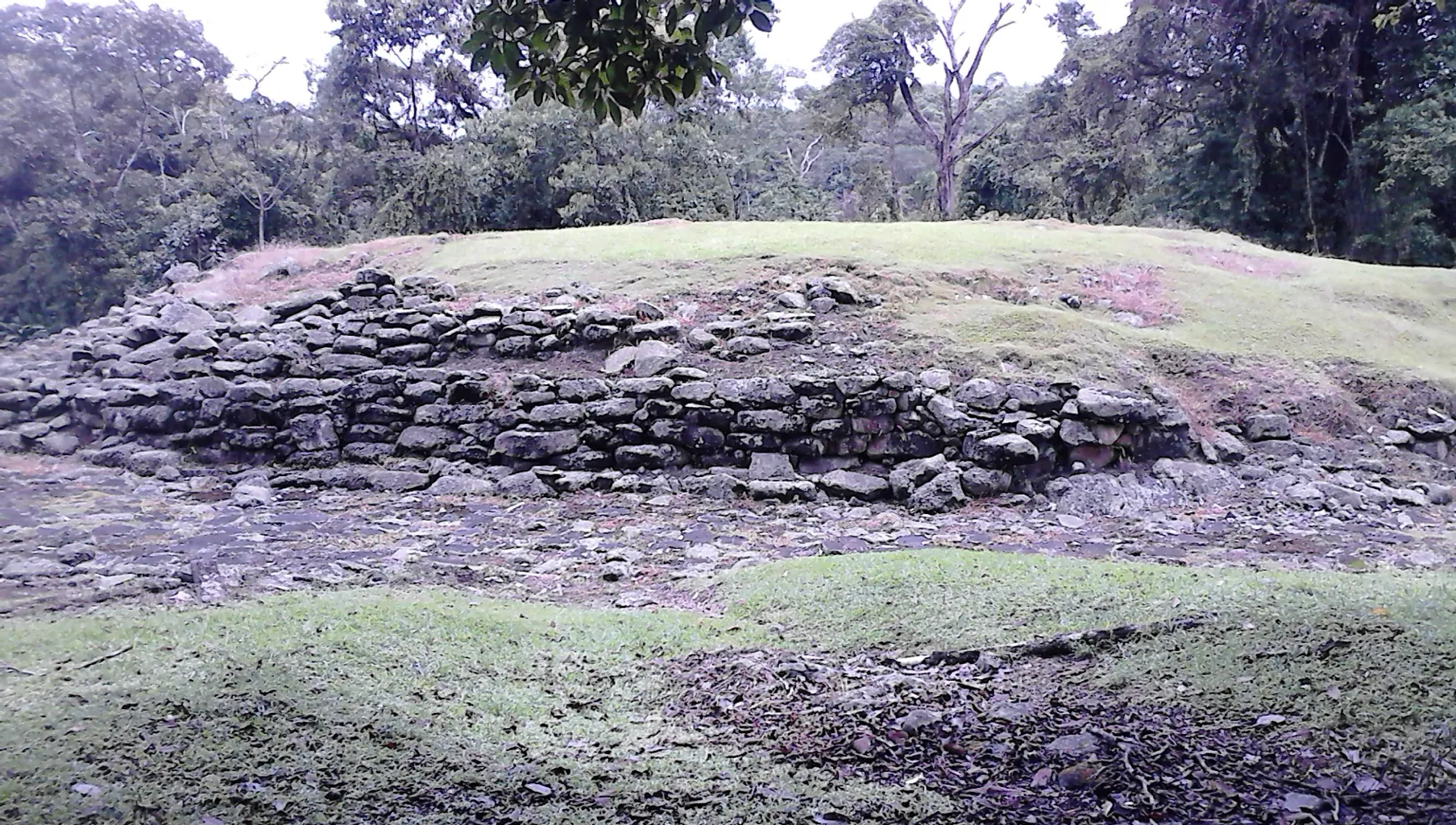
Unveiling Guayabo’s History
Discovered in the late 19th century, Guayabo National Monument has captivated historians and archaeologists ever since. Though officially discovered in 1882 by Costa Rican researcher Anastasio Alfaro, systematic studies only began in the 1960s. The builders of this impressive city remain a mystery, but evidence suggests it thrived from 1000 BC to 1400 AD before being abandoned sometime before the Spanish arrived.
A Testament to Ancient Ingenuity
Guayabo’s builders were skilled engineers and artisans. They constructed a well-planned city capable of supporting a large population, complete with sophisticated infrastructure. The site’s architecture and artifacts suggest it served various functions, from residential areas to ceremonial centers. Today, Guayabo stands as a testament to the ingenuity of its creators, a historical landmark reflecting a complex pre-Columbian society.
A Silent Witness to the Past
Later inhabitants did not occupy Guayabo in the same way. The site lay dormant, slowly being reclaimed by the rainforest. While no known historical events took place here after its abandonment, Guayabo’s very existence speaks volumes about the complex societies that flourished in pre-Columbian America.
A Cultural Treasure for Costa Rica
Guayabo National Monument extends far beyond its historical significance. It’s a cultural treasure for Costa Rica, symbolizing the rich heritage of the region’s indigenous peoples. A source of national pride, the monument is an essential location for understanding Central America’s pre-Columbian history. Today, this protected site welcomes visitors from around the world, offering a unique opportunity to explore the past and imagine the lives of those who built this remarkable city. Guayabo stands as a silent witness to the rise and fall of civilizations over millennia.
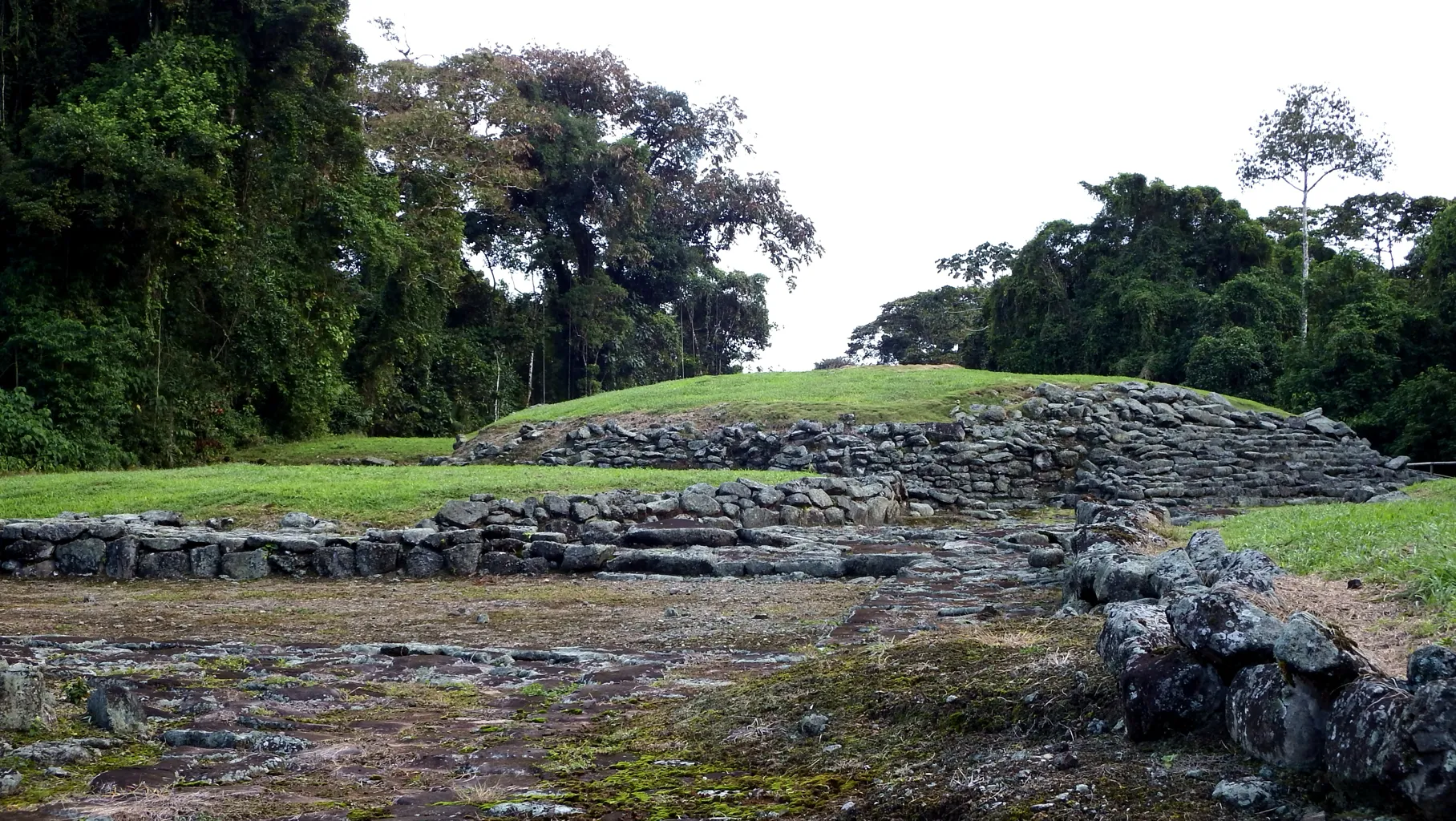
Exploring the Wonders of Guayabo National Monument
Nestled on the slopes of the Turrialba Volcano, Guayabo National Monument spans approximately 218 hectares. The site’s infrastructure is a marvel of ancient engineering, featuring a network of cobblestone streets and pathways connecting various structures. Builders meticulously crafted the city’s layout using local stones.
Architectural Highlights
Several architectural features stand out at Guayabo. Mounds, believed to be foundations for long-gone wooden structures, dot the landscape. The particularly impressive aqueduct system showcases the inhabitants’ advanced understanding of hydraulics. Some of these aqueducts even remain functional, providing a testament to their enduring design.
Advanced Construction Techniques
Construction methods at Guayabo were advanced for their time. Builders employed precise stone-cutting techniques to create intricate designs and stable structures. The use of round stones for building materials is a distinctive feature, setting Guayabo apart from other archaeological sites in the region.
Unveiling the Lives of the Inhabitants
Artifacts like pottery and gold found at Guayabo point to a society with a complex social structure and trade networks. Petroglyphs carved into the stones offer a glimpse into the spiritual and symbolic world of the inhabitants. The meanings of these carvings remain enigmatic, offering various interpretations for archaeologists and historians alike.
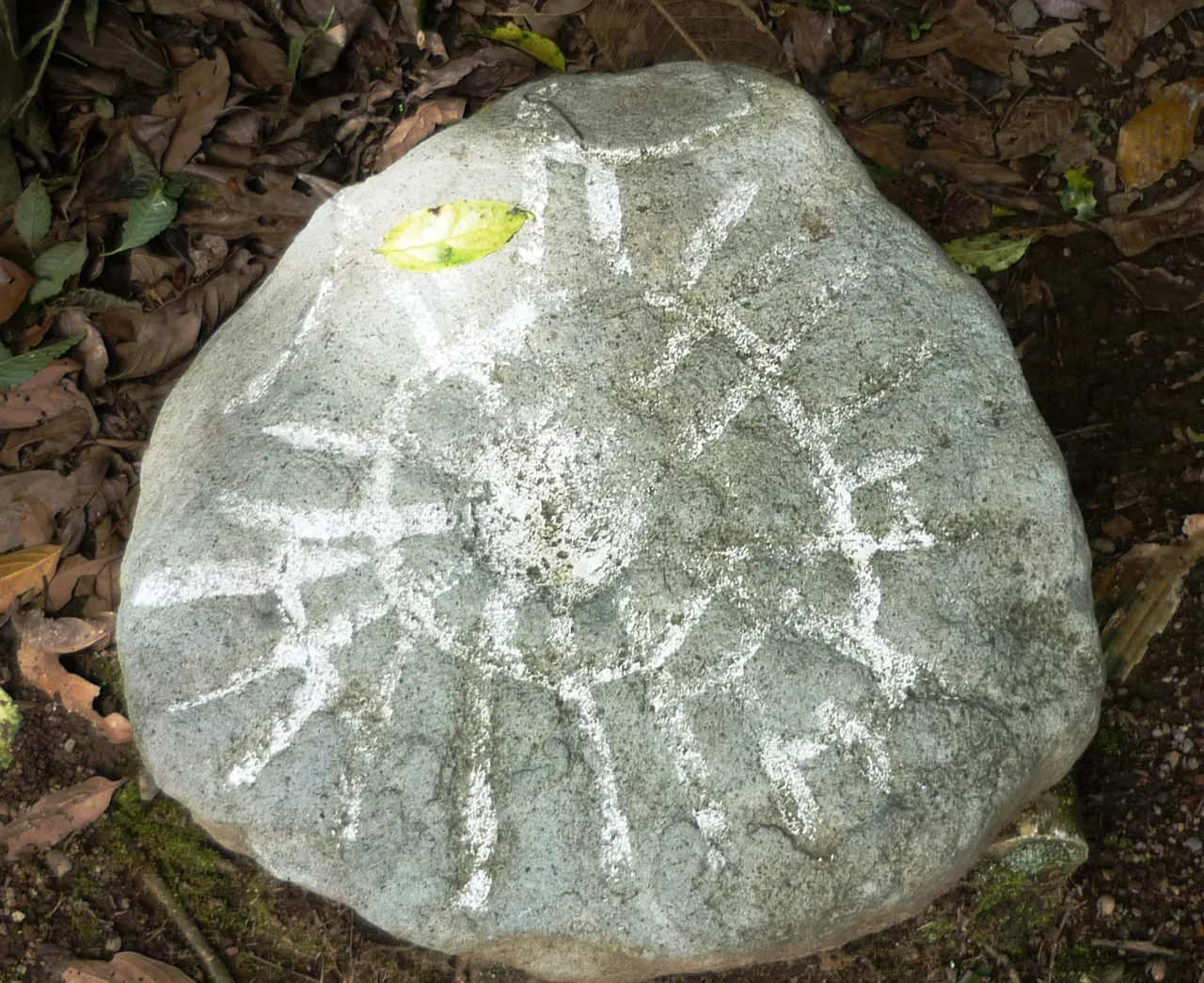
Protecting a Legacy
Preservation efforts at Guayabo National Monument are ongoing. The Costa Rican government and international organizations work to protect and study the site, ensuring its legacy endures for generations to come. Visitors can explore the ruins and marvel at the ingenuity of an ancient civilization that once called this place home.
Theories and Interpretations
The exact purpose of Guayabo National Monument has been the subject of much speculation. Scholars debate whether it was a chiefdom’s capital, a religious center, or a trade hub. The presence of ceremonial mounds and petroglyphs supports the idea of religious significance, while the site’s size and infrastructure suggest a potential political and social center.
Mysteries of Abandonment
Several mysteries surround Guayabo, including the reason for its abandonment. Theories range from volcanic eruptions to disease or war, but no definitive explanation exists. The lack of written records from the inhabitants themselves adds to the enigma.
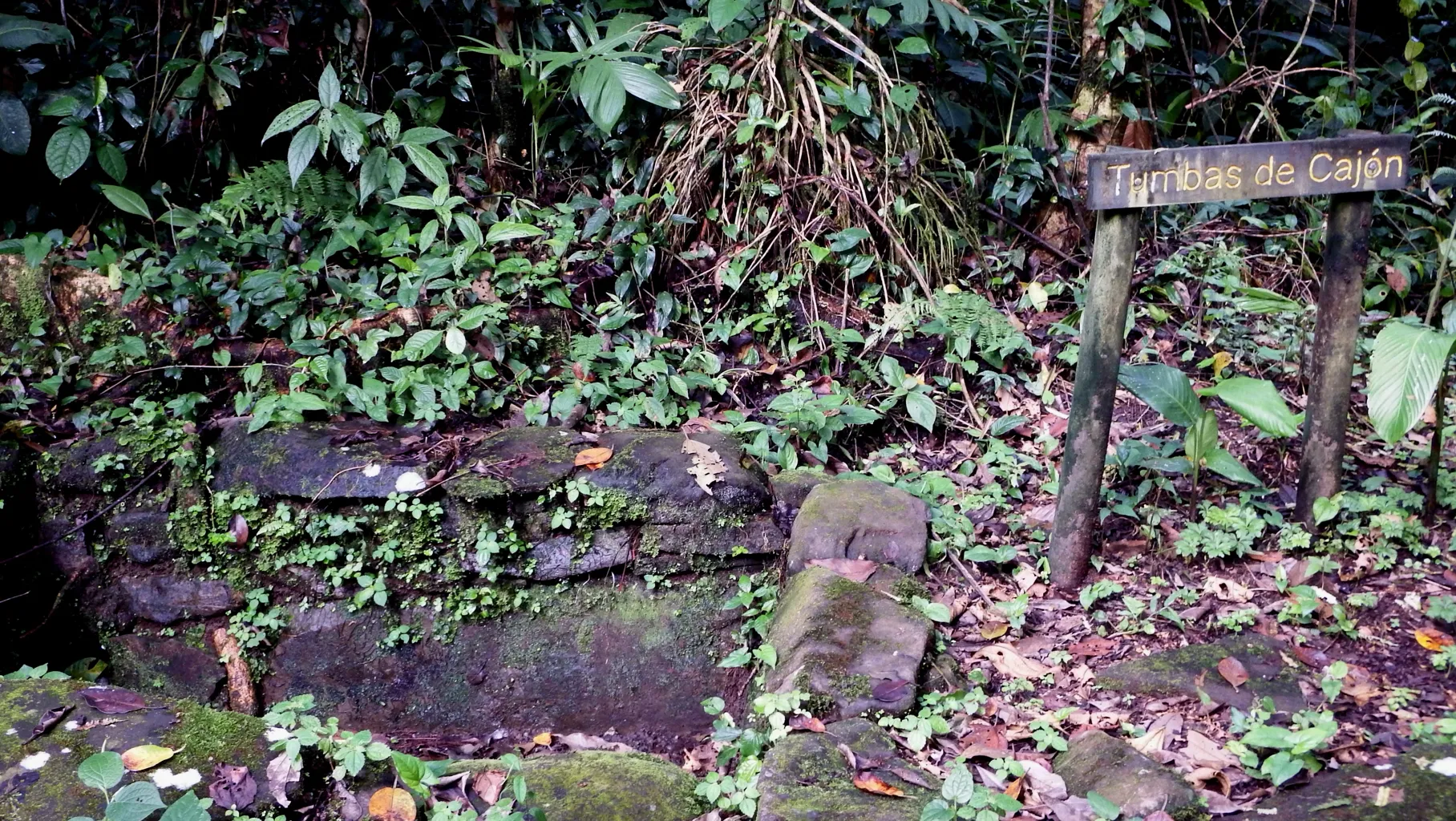
Deciphering the Petroglyphs (continued)
The true meanings of the petroglyphs at Guayabo National Monument may never be fully understood. However, these intricate carvings offer fascinating insights into the culture of the people who created them. Here’s a deeper look at the challenges and ongoing efforts to decipher these symbols:
- Limited Context: Without a written language or historical record from Guayabo’s inhabitants, interpreting the petroglyphs is like solving a puzzle with missing pieces. Archaeologists rely on comparisons with other cultures and symbols from the region to find potential connections.
- Symbolic Language: Many cultures used symbols to represent complex ideas or concepts. Without understanding the specific symbolic system used at Guayabo, deciphering the petroglyphs becomes a challenging task.
- Multiple Interpretations: The same symbol can have different meanings depending on the context. This ambiguity leads to various interpretations by researchers, with some suggesting the petroglyphs represent astronomical observations, religious figures, or even a form of early writing.
Technological Advancements in Deciphering the Past
Despite these challenges, advancements in technology are aiding researchers in their quest to understand the petroglyphs. Here are some ongoing efforts:
- 3D Imaging: Creating detailed 3D models of the petroglyphs allows for a closer examination of details and potential patterns that might be missed with the naked eye.
- Digital Analysis: Advanced software can analyze the shapes, lines, and arrangements of the symbols, potentially revealing connections and recurring motifs that might hold clues to their meaning.
A Beacon of Hope for the Future
While deciphering the exact meaning of these petroglyphs may remain elusive, the ongoing research offers a beacon of hope for the future. With each discovery and technological advancement, our understanding of Guayabo’s past and the lives of its inhabitants comes a little closer.
The petroglyphs serve as a reminder of the rich cultural heritage of Costa Rica’s indigenous peoples. By continuing to study and learn from these symbols, we gain a deeper appreciation for the ingenuity and complexity of this ancient civilization.
Sources:


